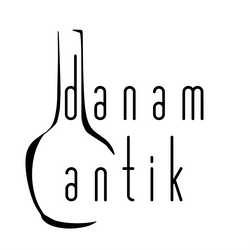Description
Royal Copenhagen Flora Danica Juliane Marie
Dinner plate No 17/3549. Decorated with fruits in overglaze and gold edge. Measures 25cm (9 27/32 in.) 2.Sorting with notches in the gold edge.
Payment & Security
Your payment information is processed securely. We do not store credit card details nor have access to your credit card information.






